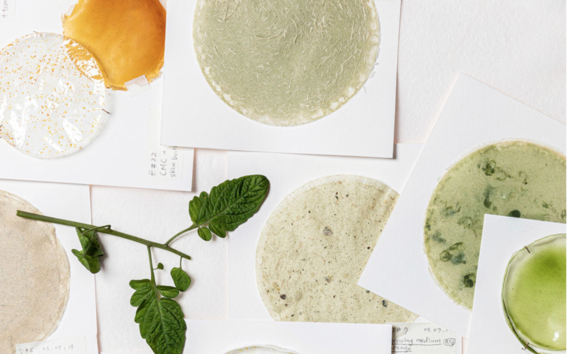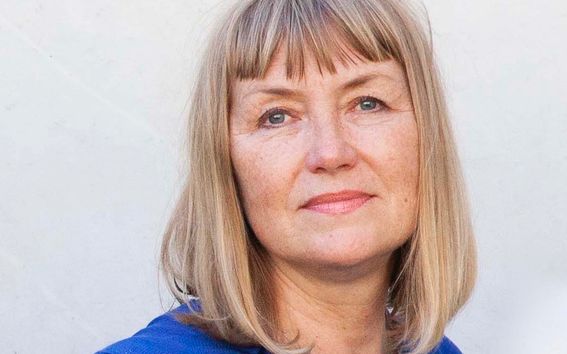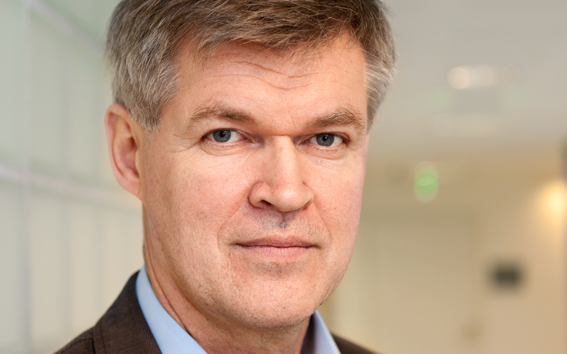Aalto University Summer School
Aalto University Summer School offers high-quality academic summer courses and programs at Aalto University during the winter and the summer.

We had a chat about the future of renewable materials and new ways of working towards a circular economy with the founders of CHEMARTS and responsible teachers of the course Professor Pirjo Kääriäinen, Department of Design and Professor Tapani Vuorinen, Department of Bioproducts and Biosystems.
There is a considerable lack of knowledge about where the materials come from and how they are produced. To make a real change, we need to understand what kind of material systems exist today and how they are connected to our consumption habits.
When we are more informed, we can change our behaviour - even small steps for change are valuable. To change the systems on a big scale, we need collaboration over all possible disciplines and borderlines – it is a joint effort.
Technology following the principles of green chemistry (12 Principles of Green Chemistry - American Chemical Society (acs.org)) enables the development of old and new material-related processes towards sustainability in many ways. Design has excellent tools and methods to include the user’s needs and potential applications already in the very early stage of material research, such as scenario building, explorative prototyping and visual communication. And when we combine these, we can create new ways of working and speed up the slow process of material development.
The use of renewable materials has enormous potential. However, we need to have a holistic approach to renewable material sources and their use. The value of nature must always be recognised, and for example, biodiversity has to be taken care of. In addition to using existing raw materials and processes, the potential of underutilized side streams and novel biological processes, including synthetic biology, are broadly researched to find completely new ways to produce materials.

This year CHEMARTS celebrates ten years of collaboration and experimental material research, and there are plenty of examples of the students’ projects and even one start-up company. In addition to these study projects, several research projects on wood-based materials have been inspired by our design-driven approach. Our main achievements are the young professionals who have got inspired by the experimental way of working and collaboration in CHEMARTS.

During the first lab sessions, participants can try out the material recipes developed by the previous CHEMARTS students, for example, foaming of wood fibres or dyeing with plants. You can download The CHEMARTS Cookbook to familiarise yourself with our projects. The exercises can be adapted according to the student's previous knowledge and completed at different levels. For example, if a student is familiar with scientific material research or has prior knowledge from design processes, those specific skills can be utilised when developing the material concepts.
The course aims to enhance the material knowledge and creativity, and cross-disciplinary collaboration skills; those can be used in various contexts.
The course includes a pre-assignment, an on-campus workshop, and a project report delivered after the workshop. The pre-assignment consists of readings and an online laboratory safety exam. The workshop weeks consist of thematic lectures, hands-on working at the CHEMARTS lab, a visit to the Finnish nature and ideation of a material concept for the future individually or in pairs or teams. All CHEMARTS courses are based on the student’s motivation and interest and have a design-driven approach to material research and co-learning.
The course aims to enable a cross-disciplinary and inspiring learning experience for anyone passionate about materials. Even if you don’t have a background in chemistry or design, you can bring in your skills to enrich the course and its learning outcome. All you need is an open mind and a willingness to explore the potential of renewable raw materials in the context of sustainability.
Read more about Nordic Biomaterials with CHEMARTS and apply before May 31st 2021.
Join our mailing list to receive the Aalto University Summer School newsletter and be the first to read about our selection of inspiring courses.

Aalto University Summer School offers high-quality academic summer courses and programs at Aalto University during the winter and the summer.




